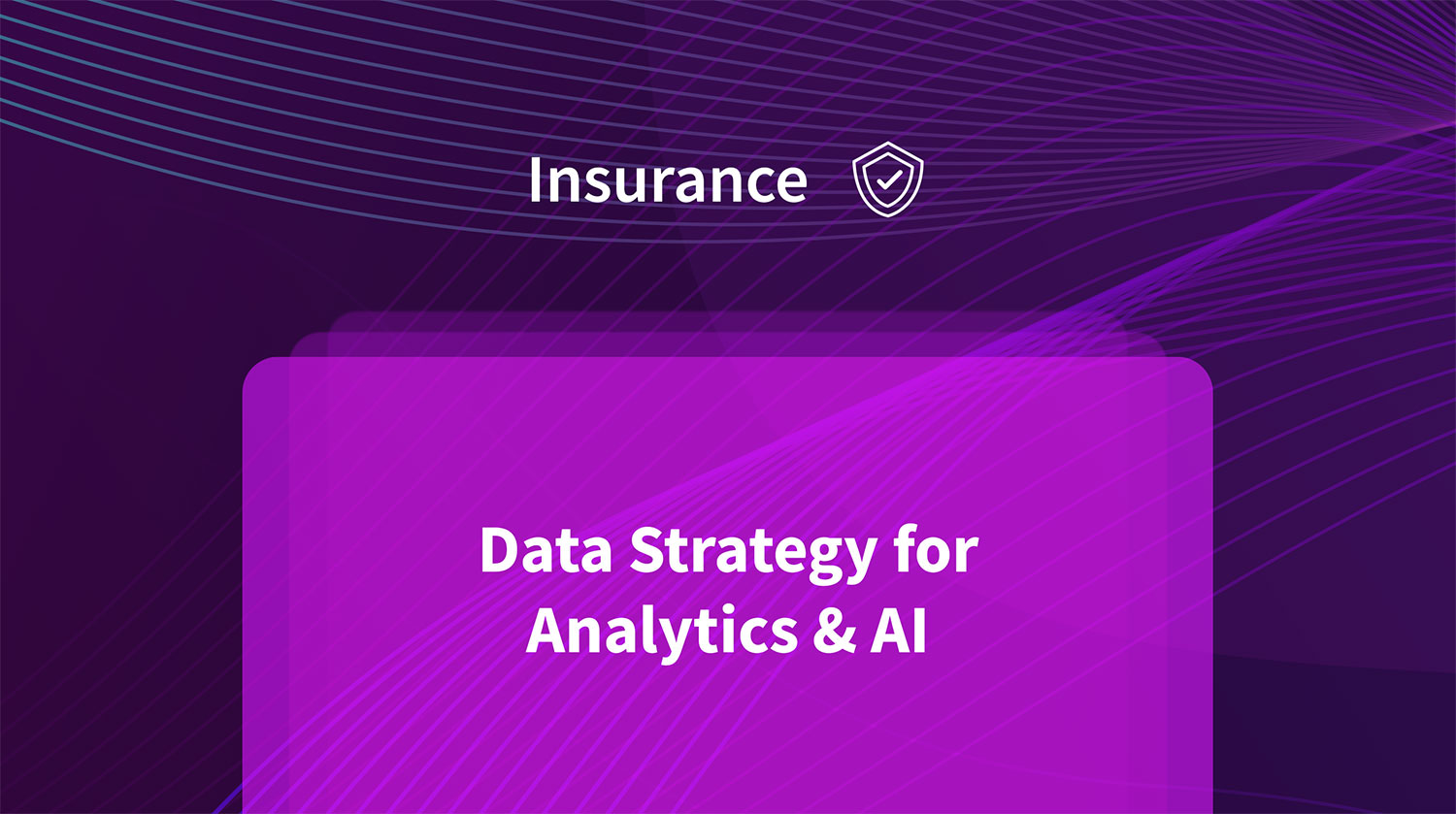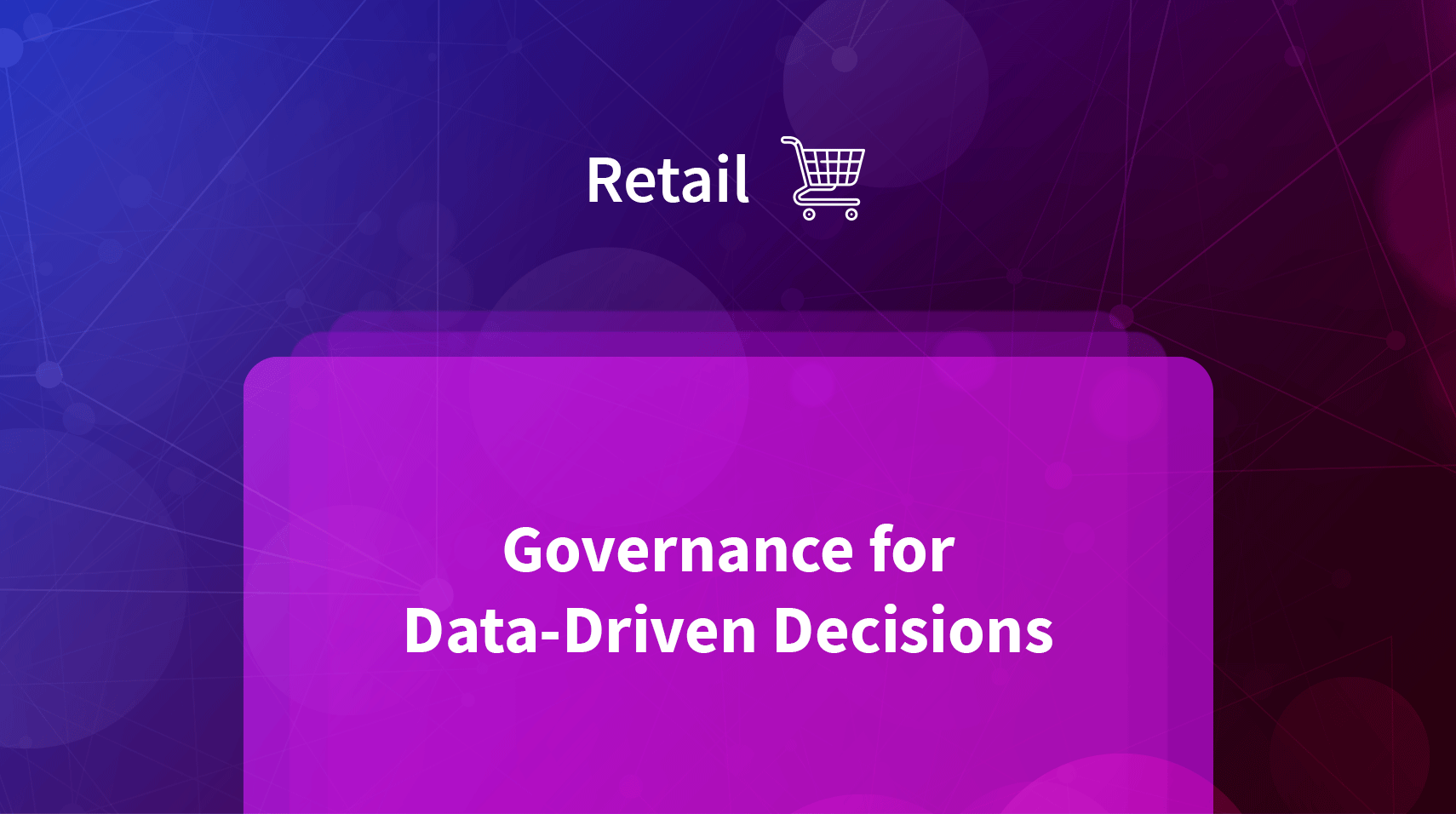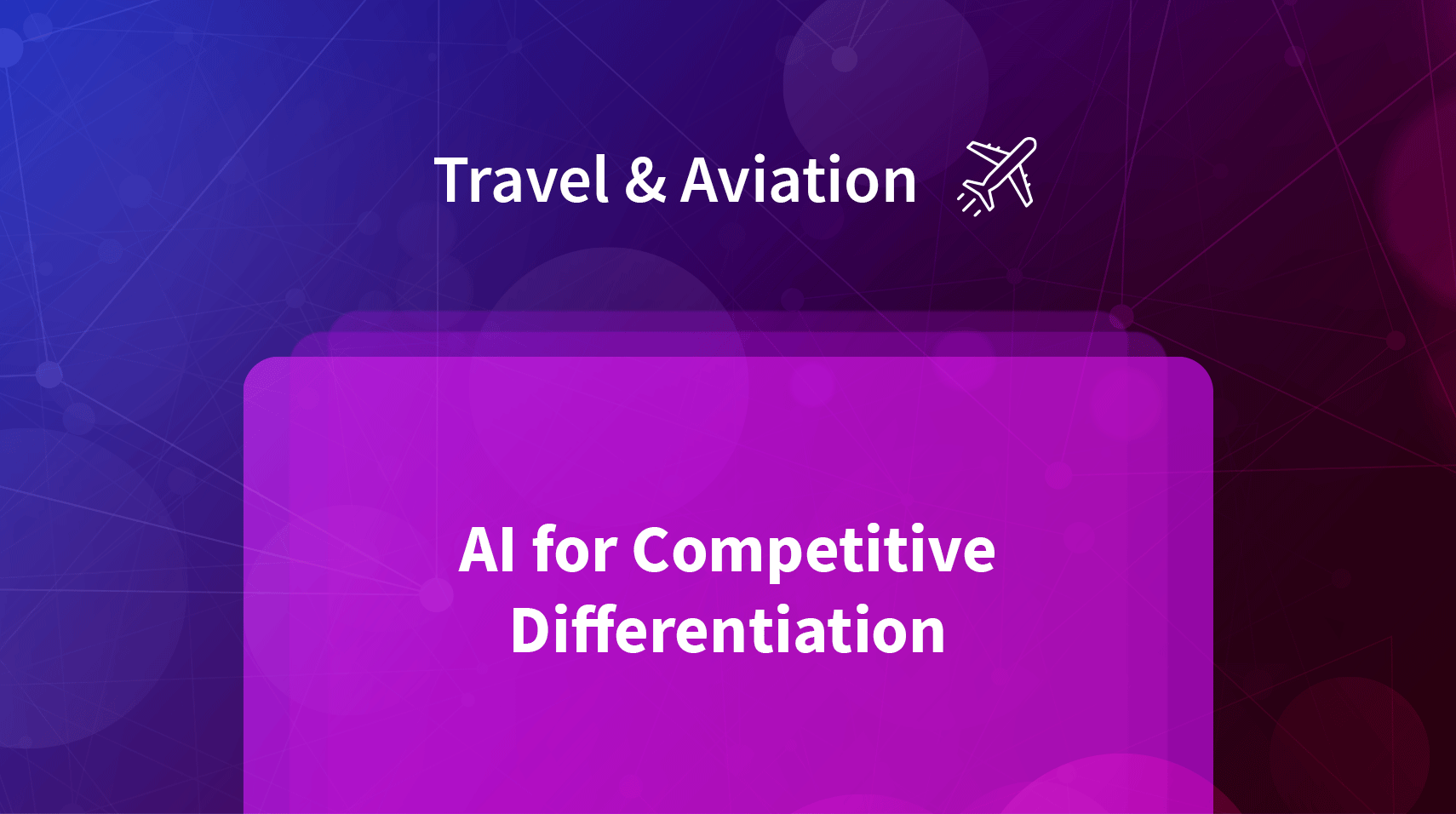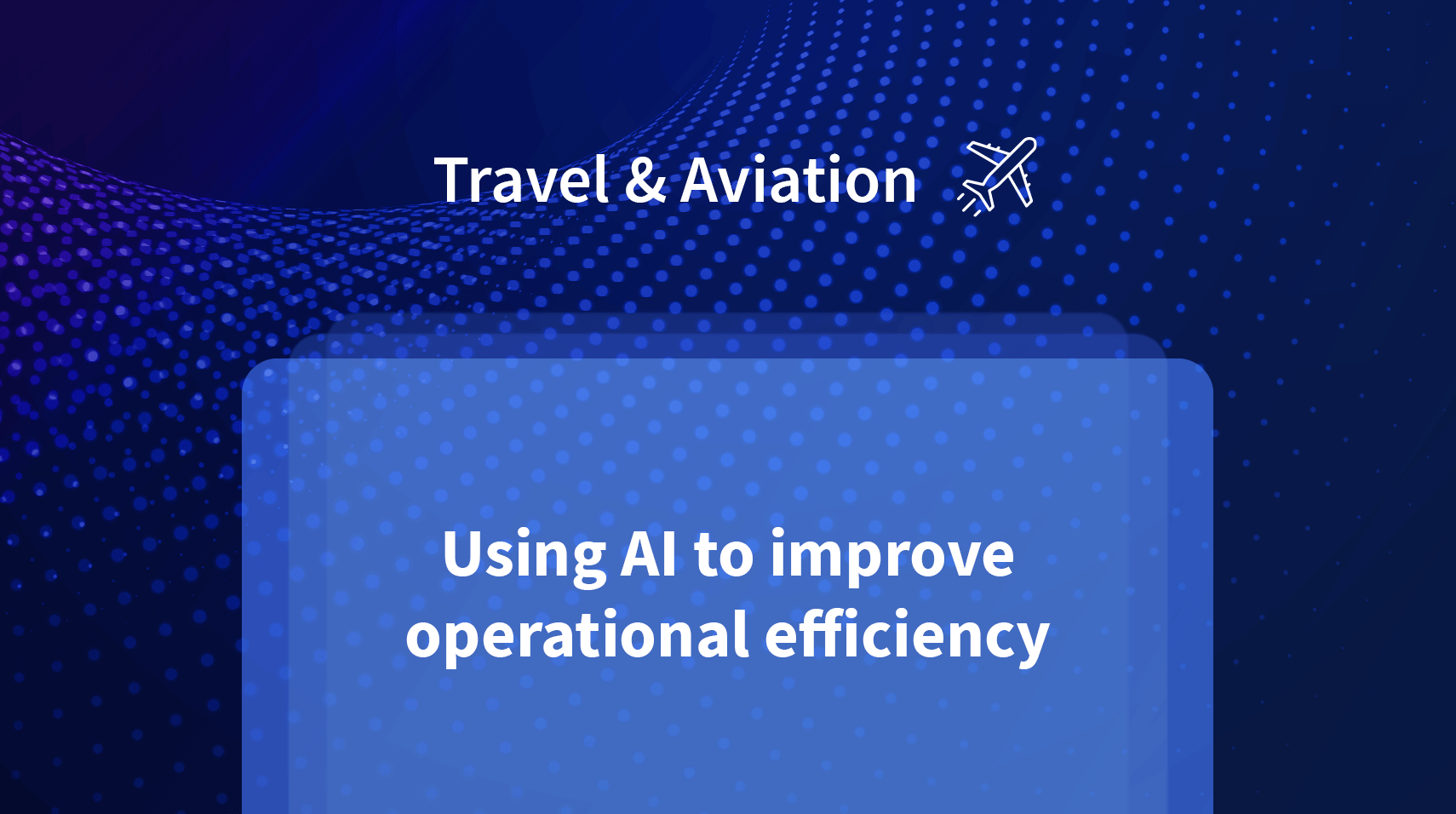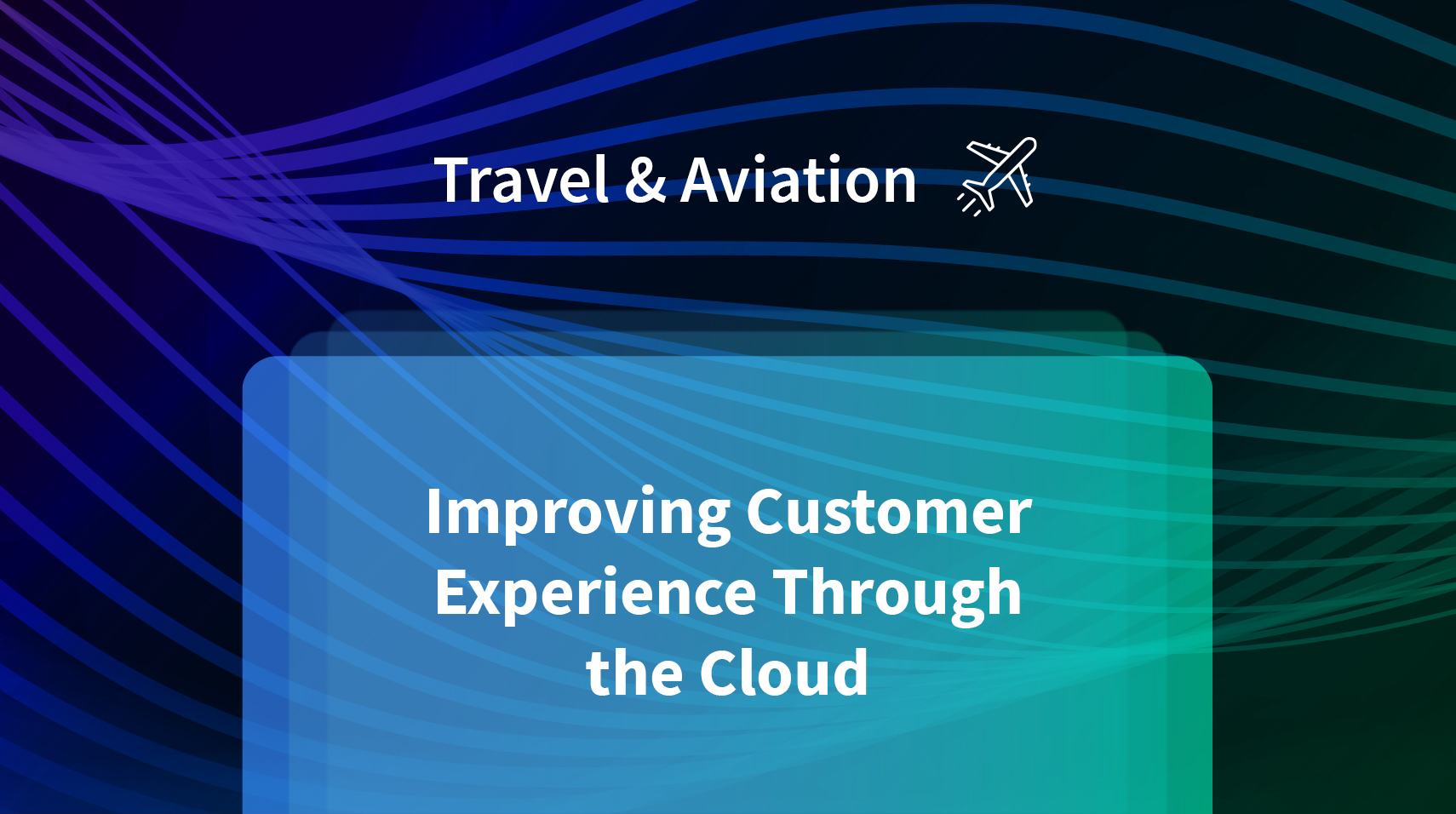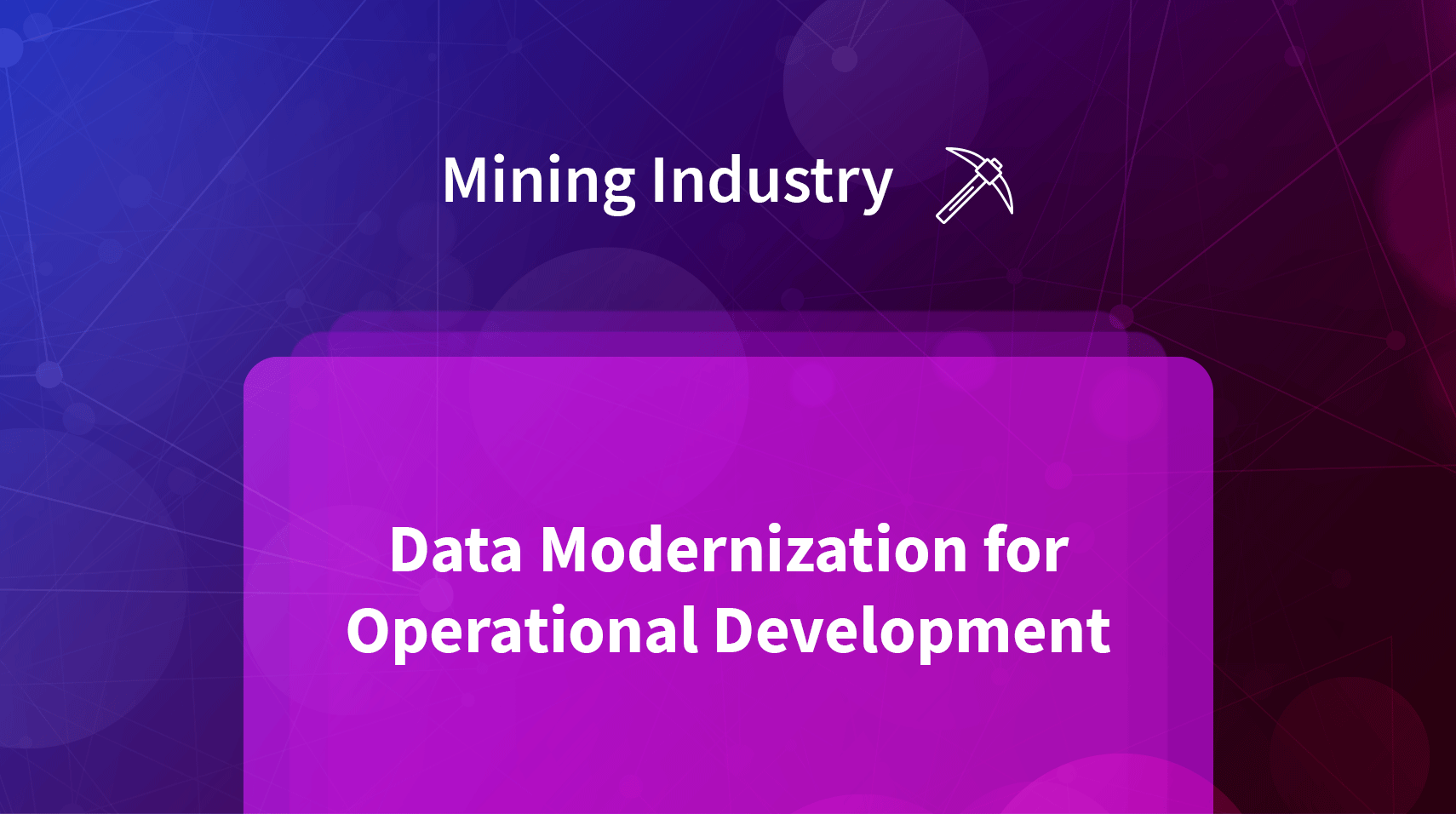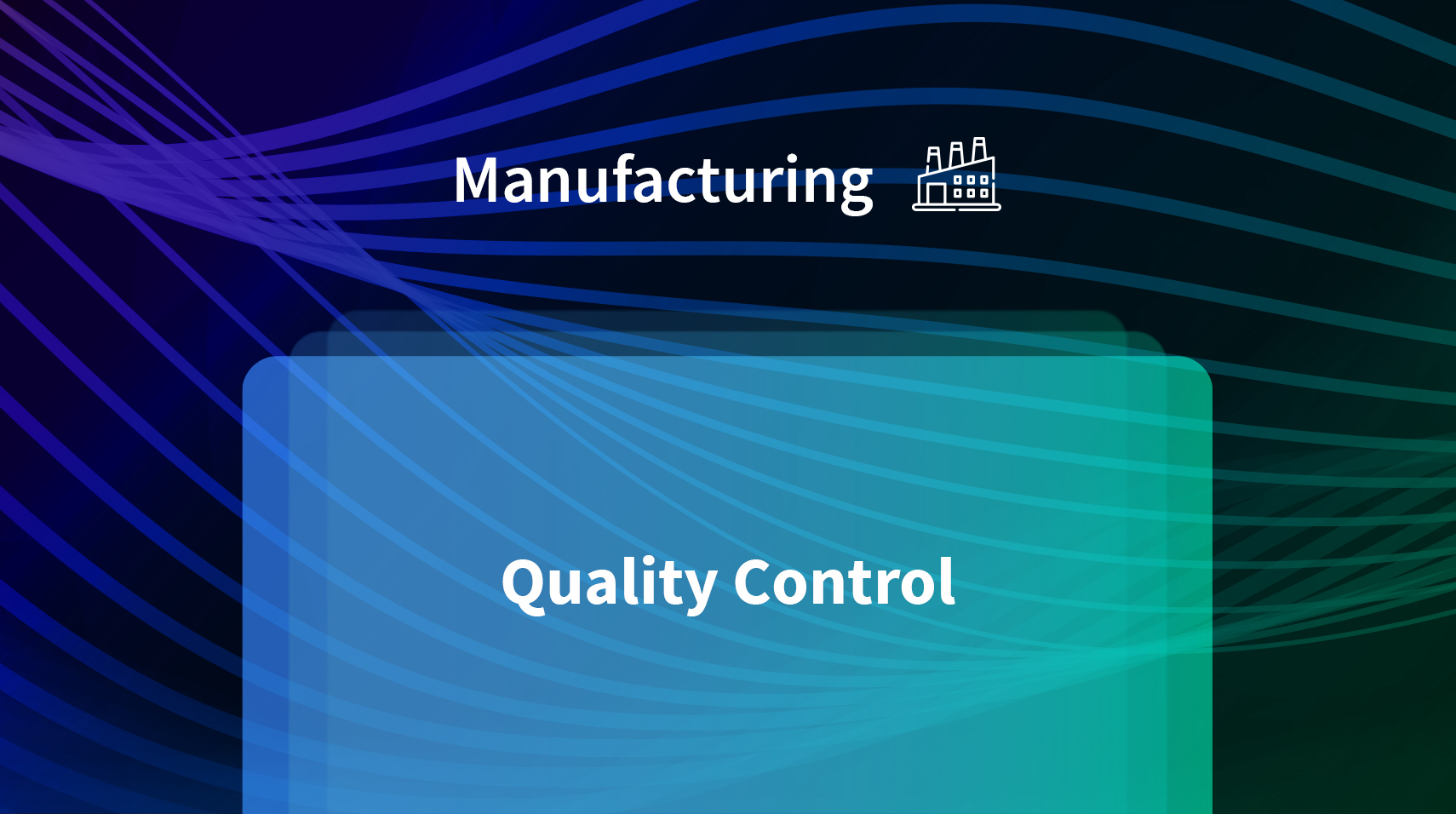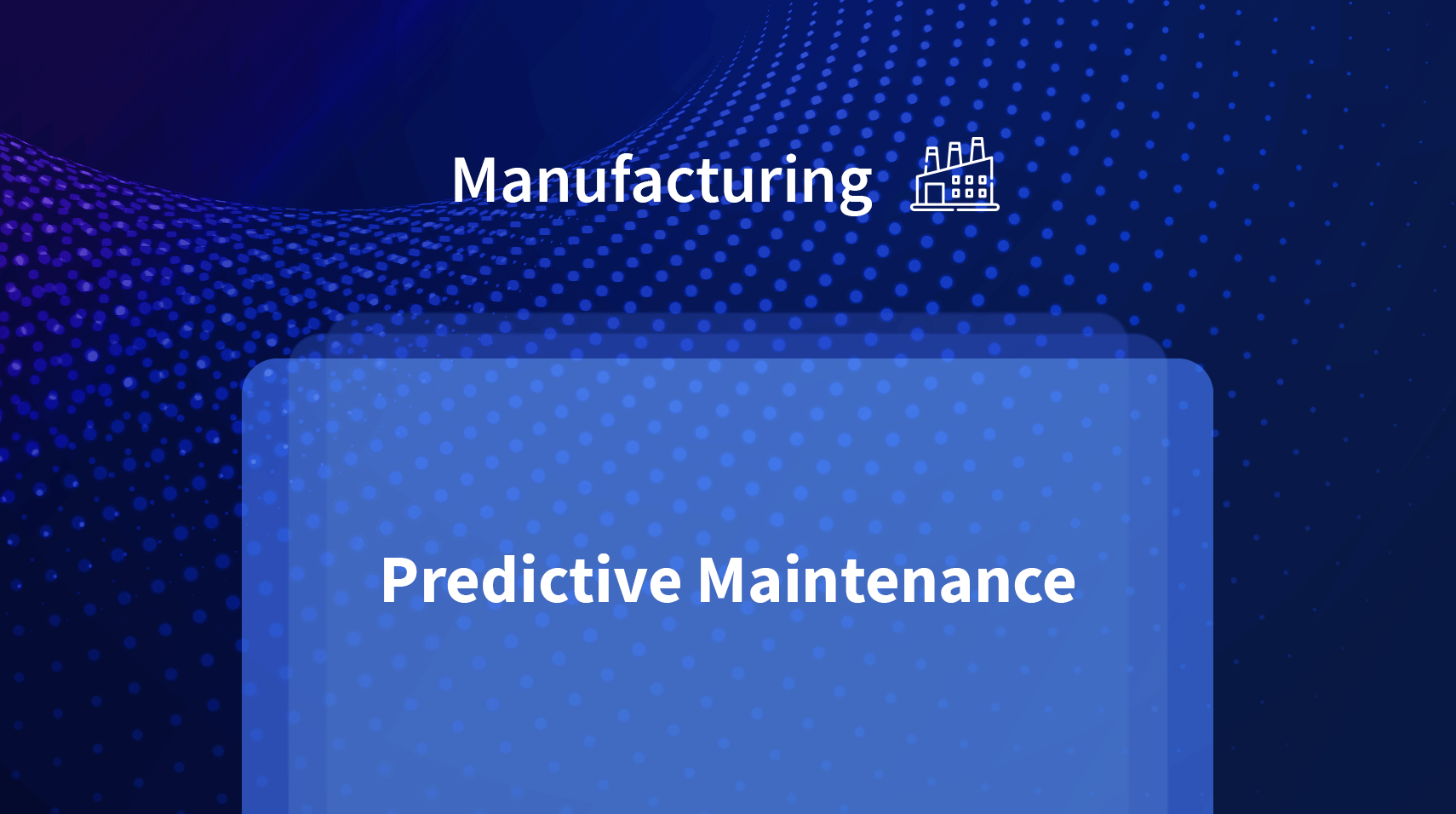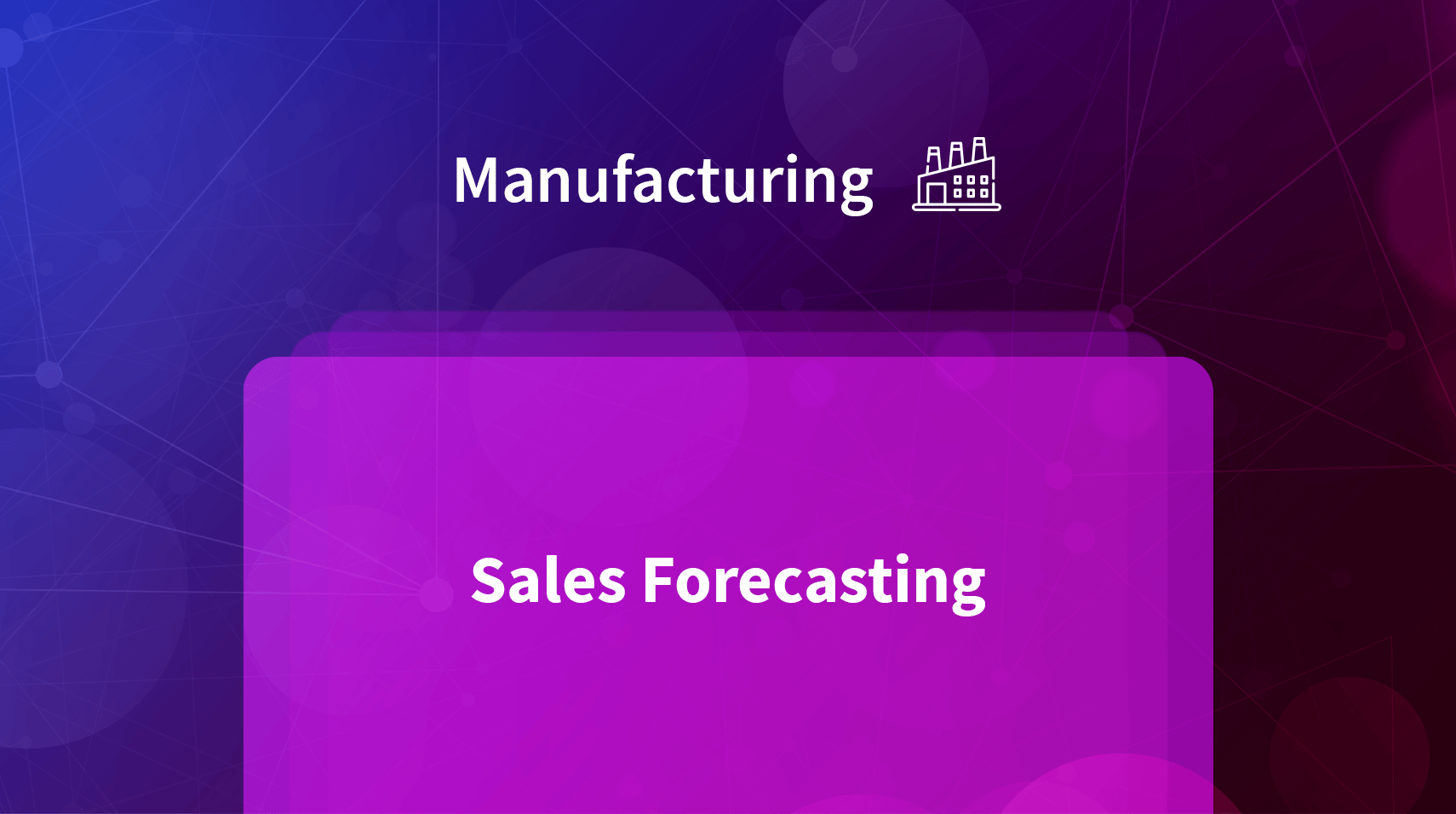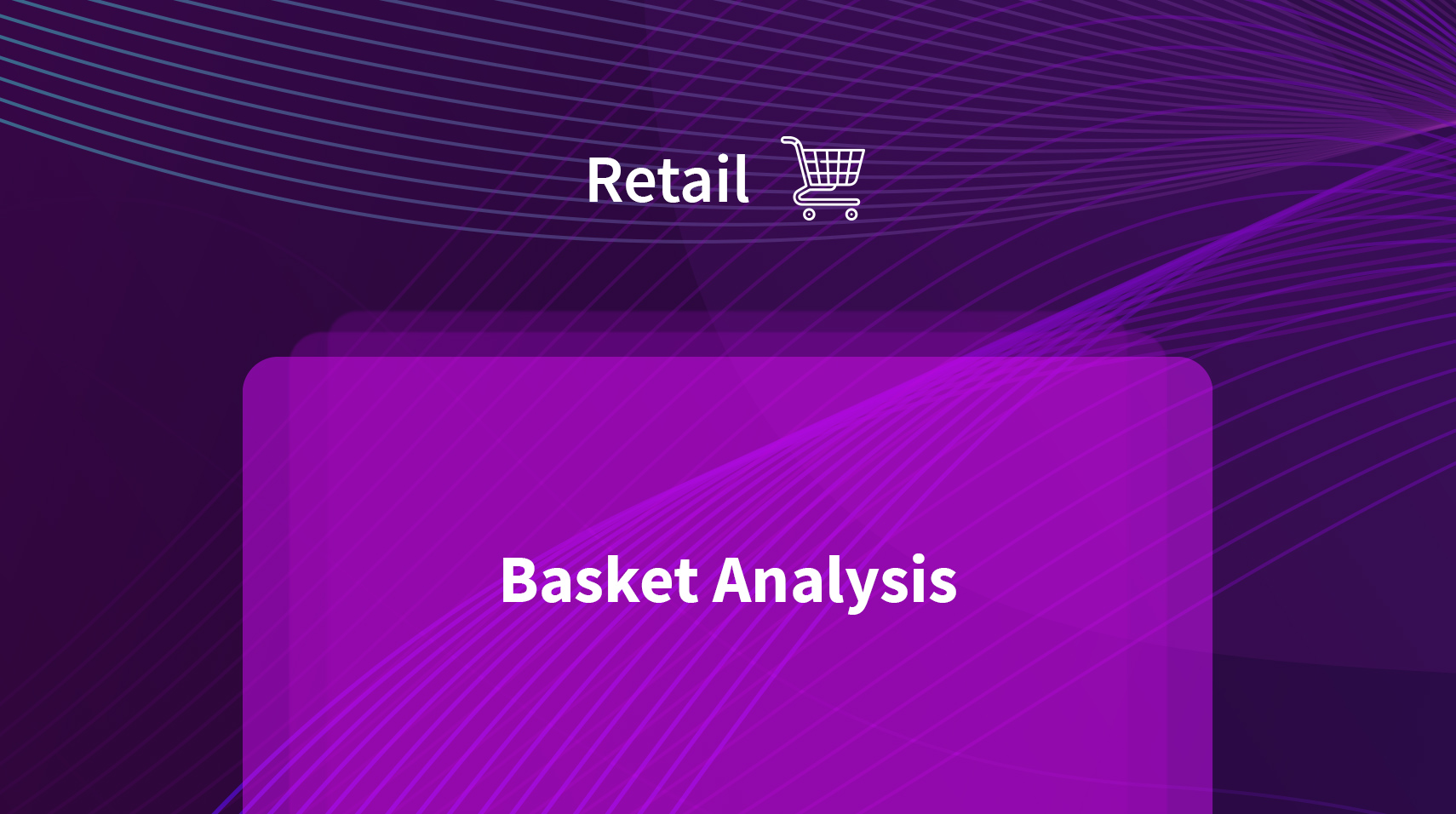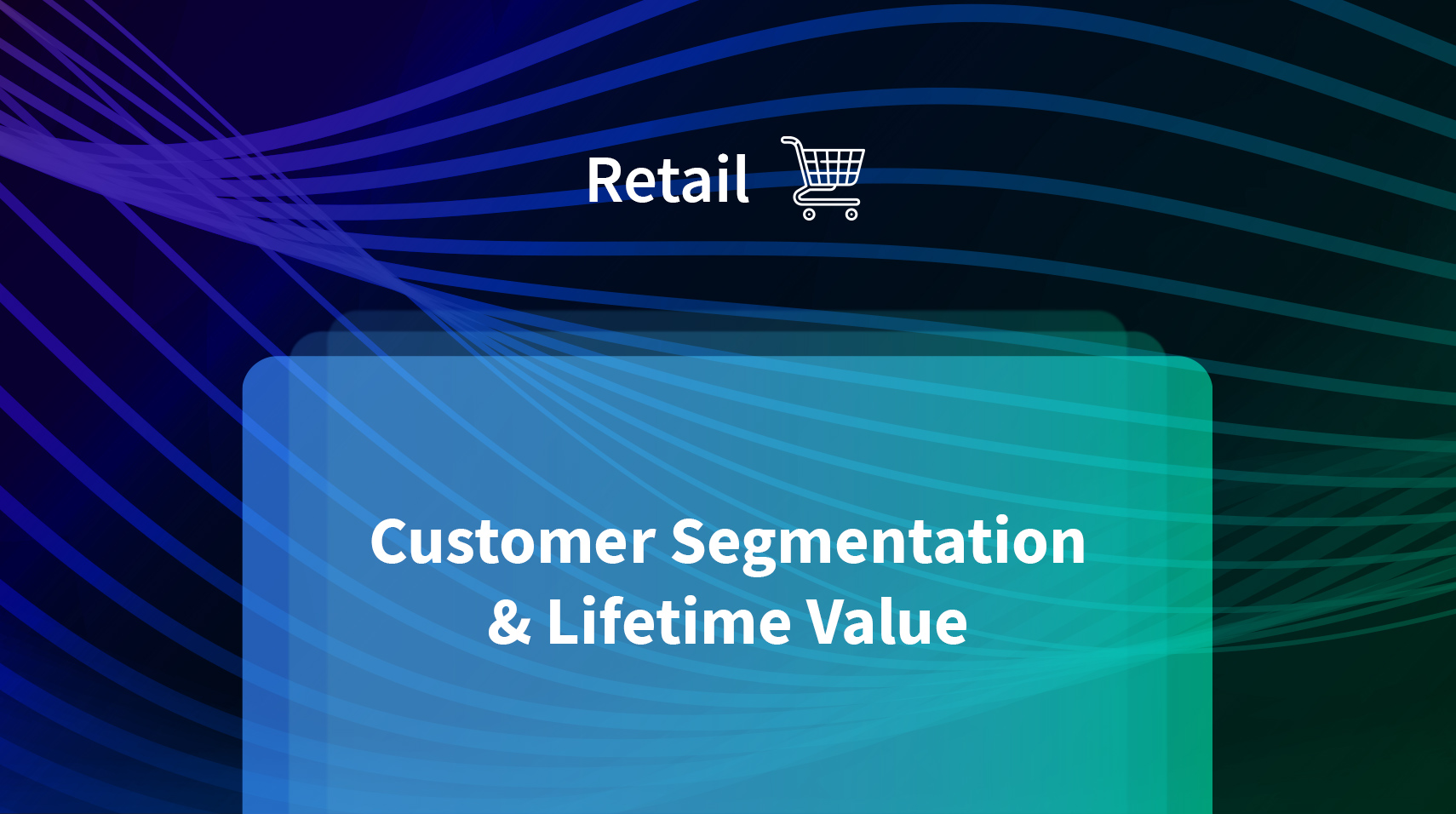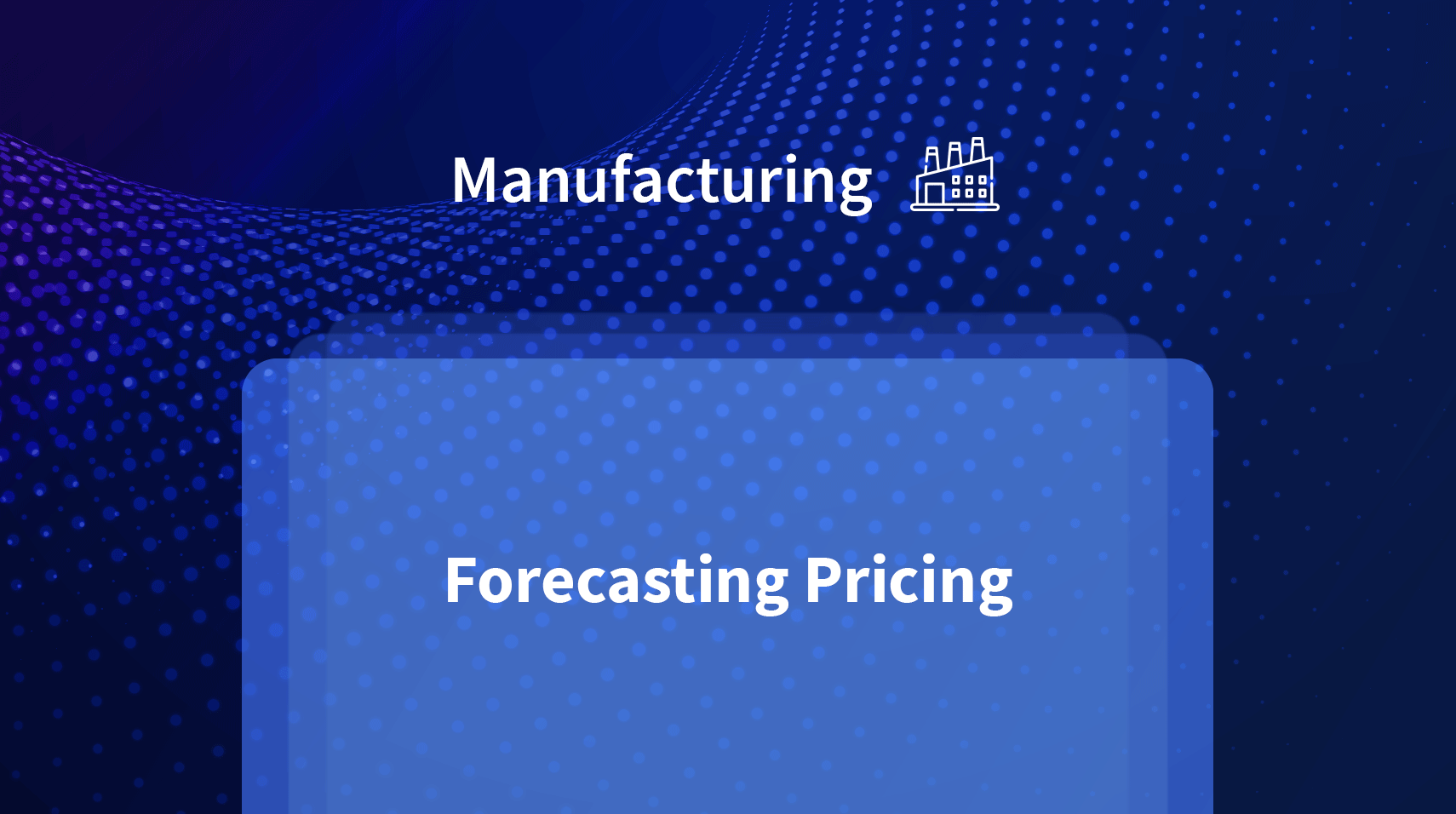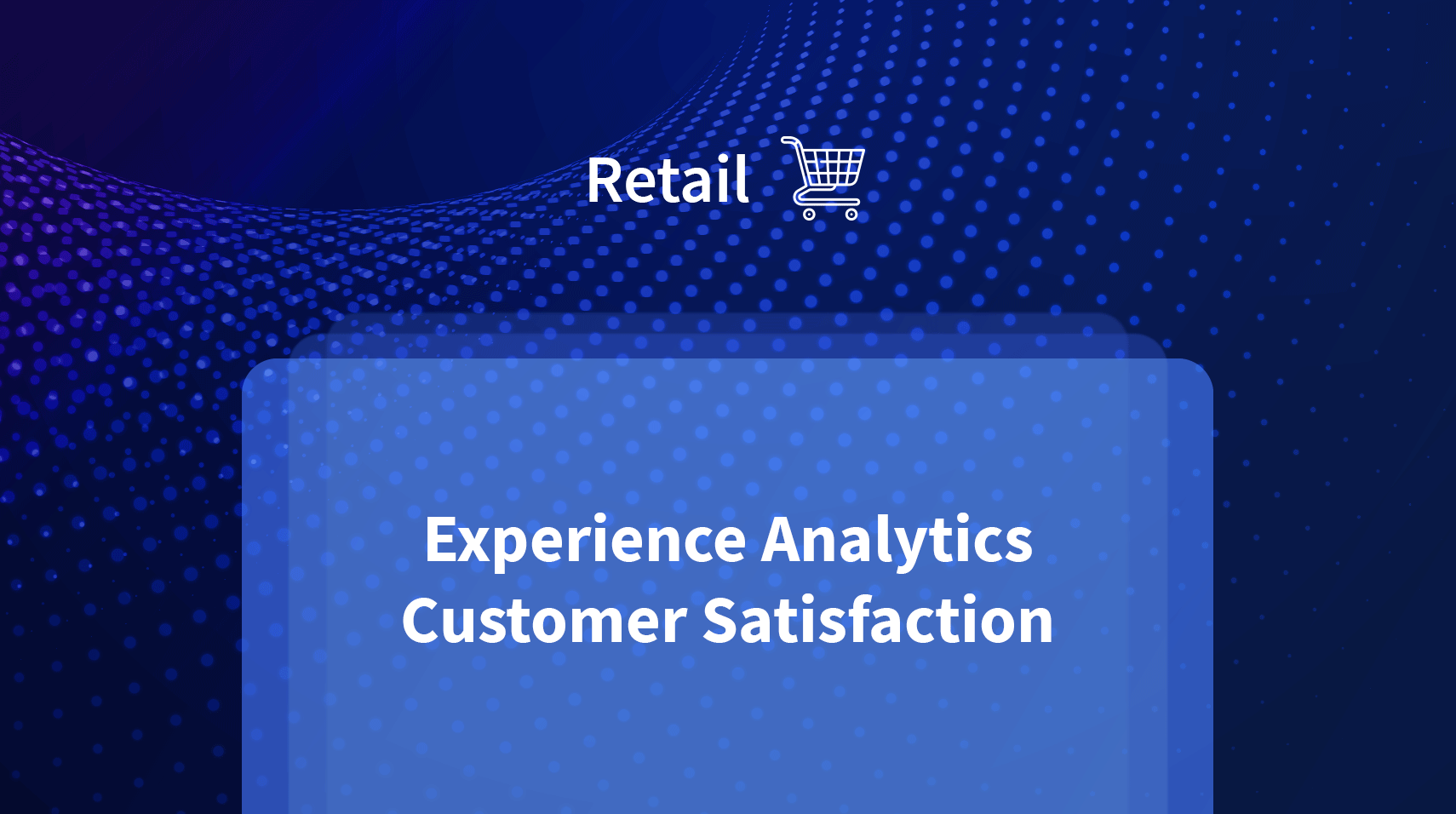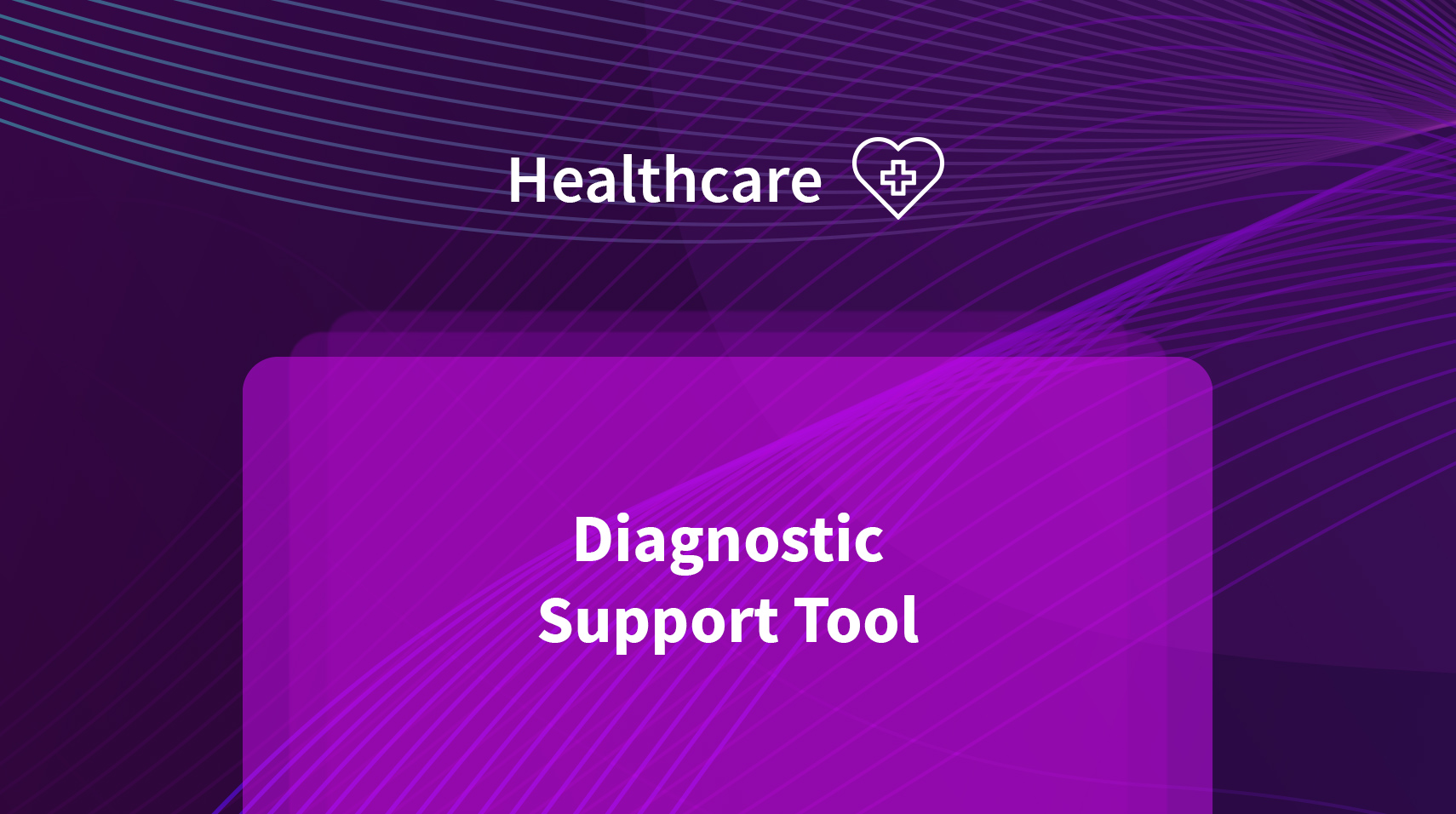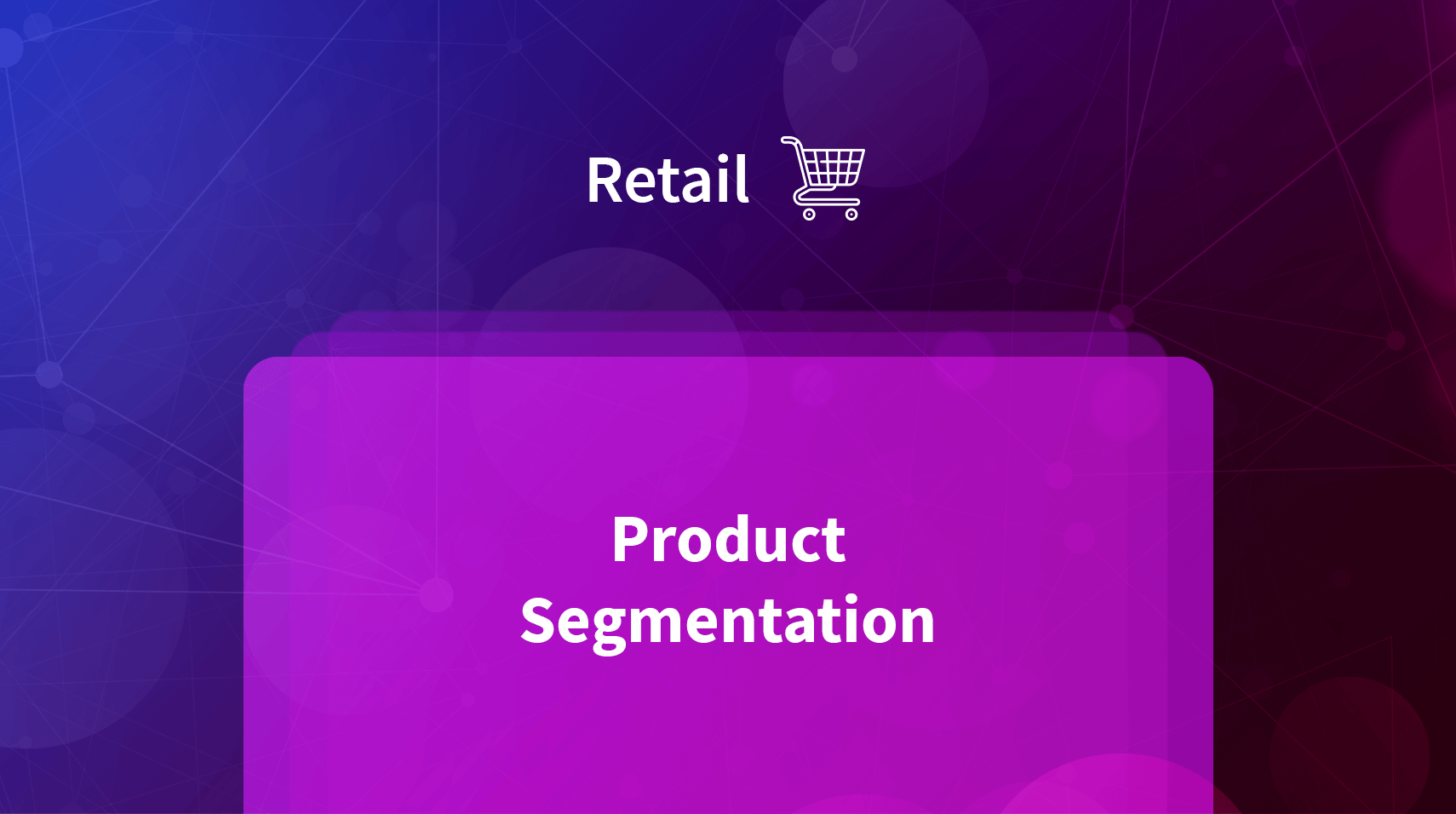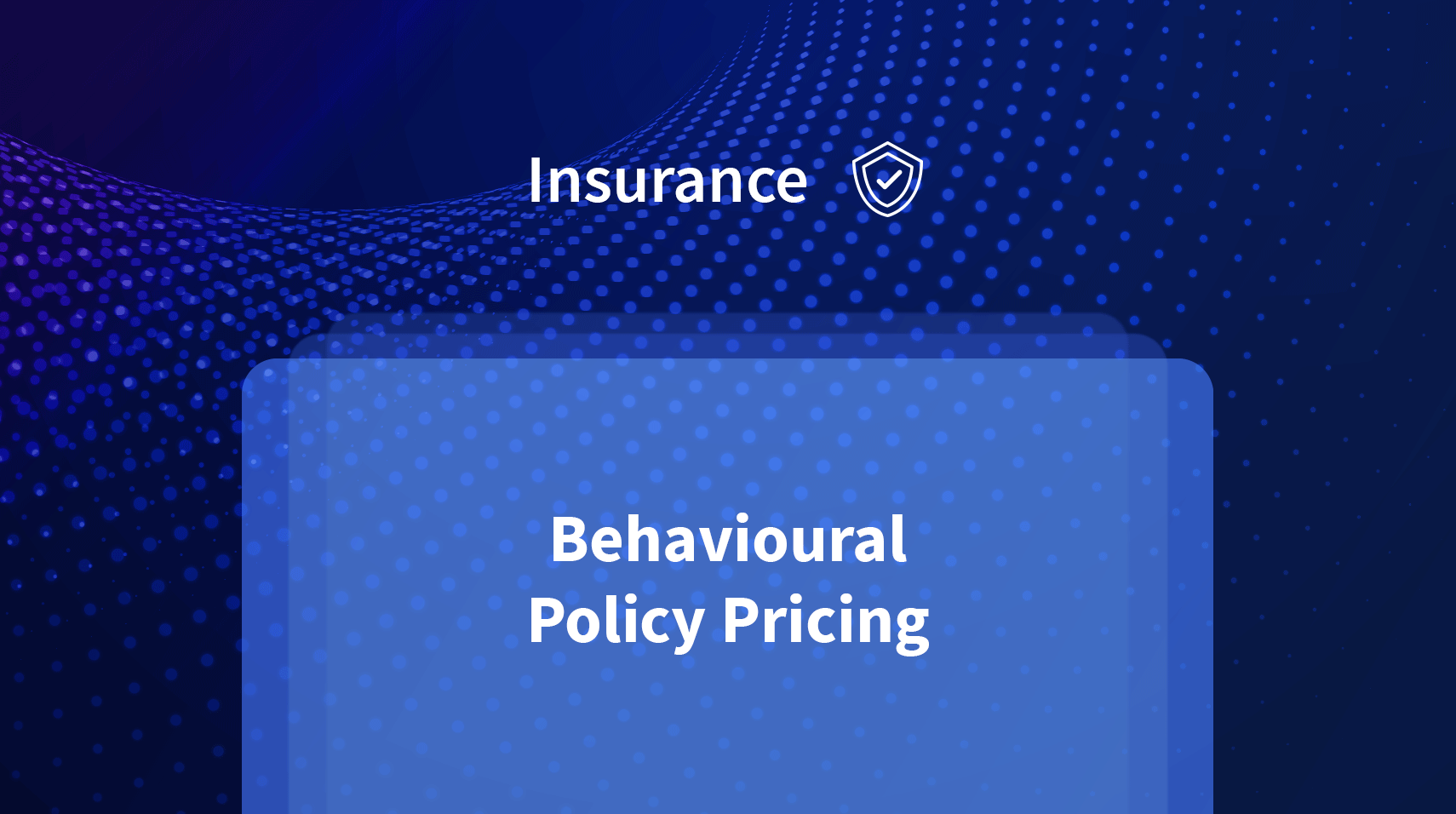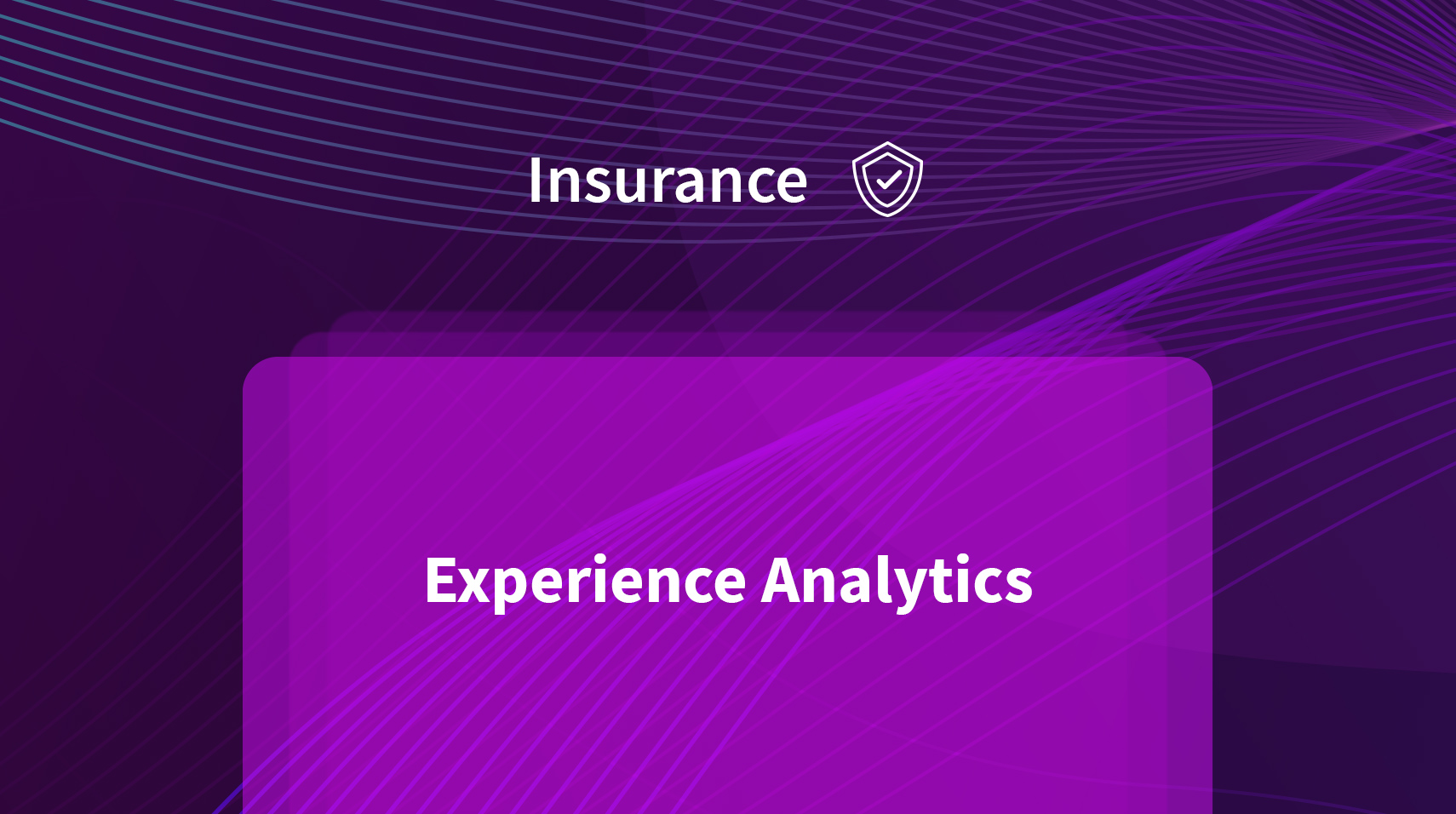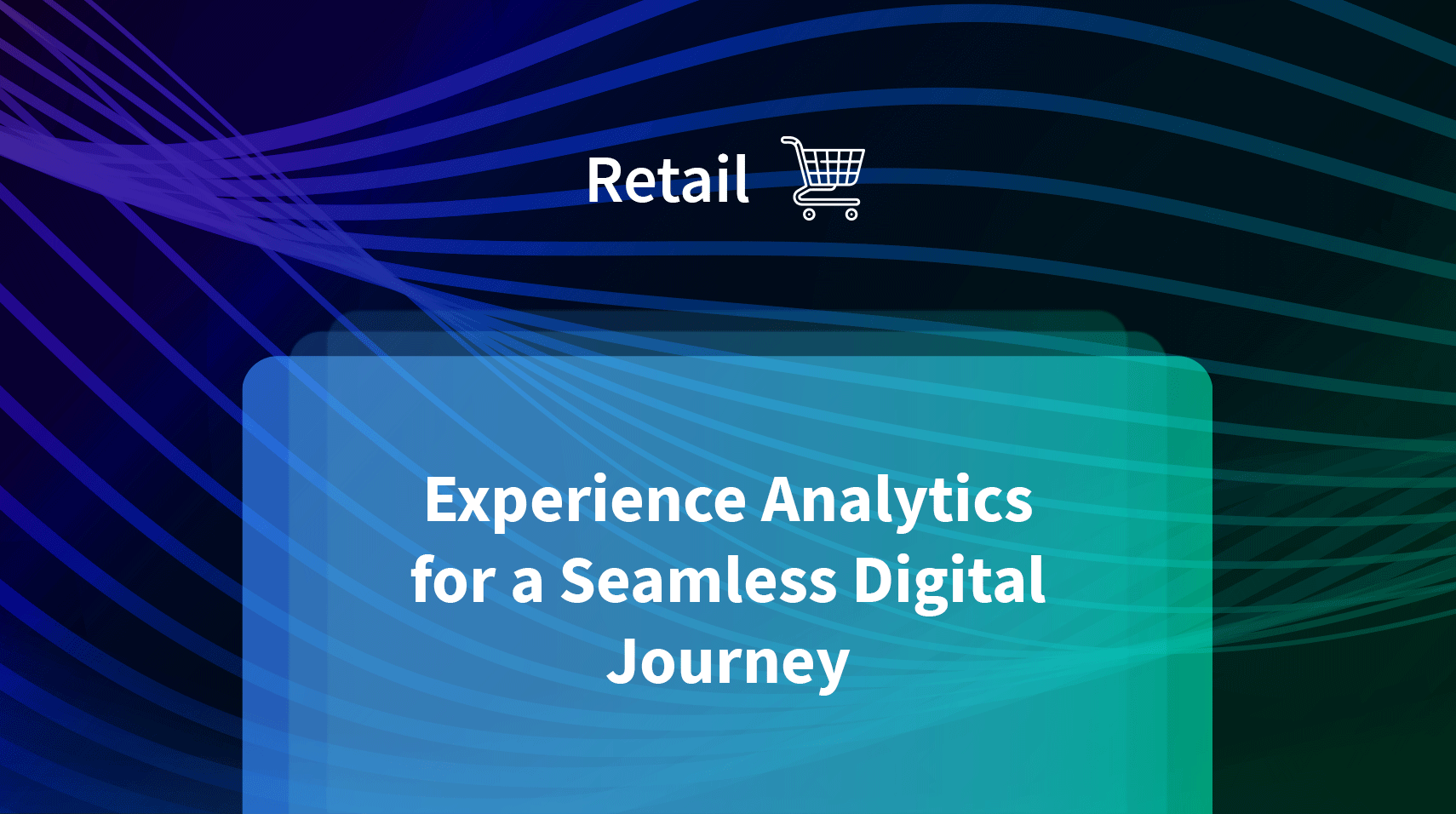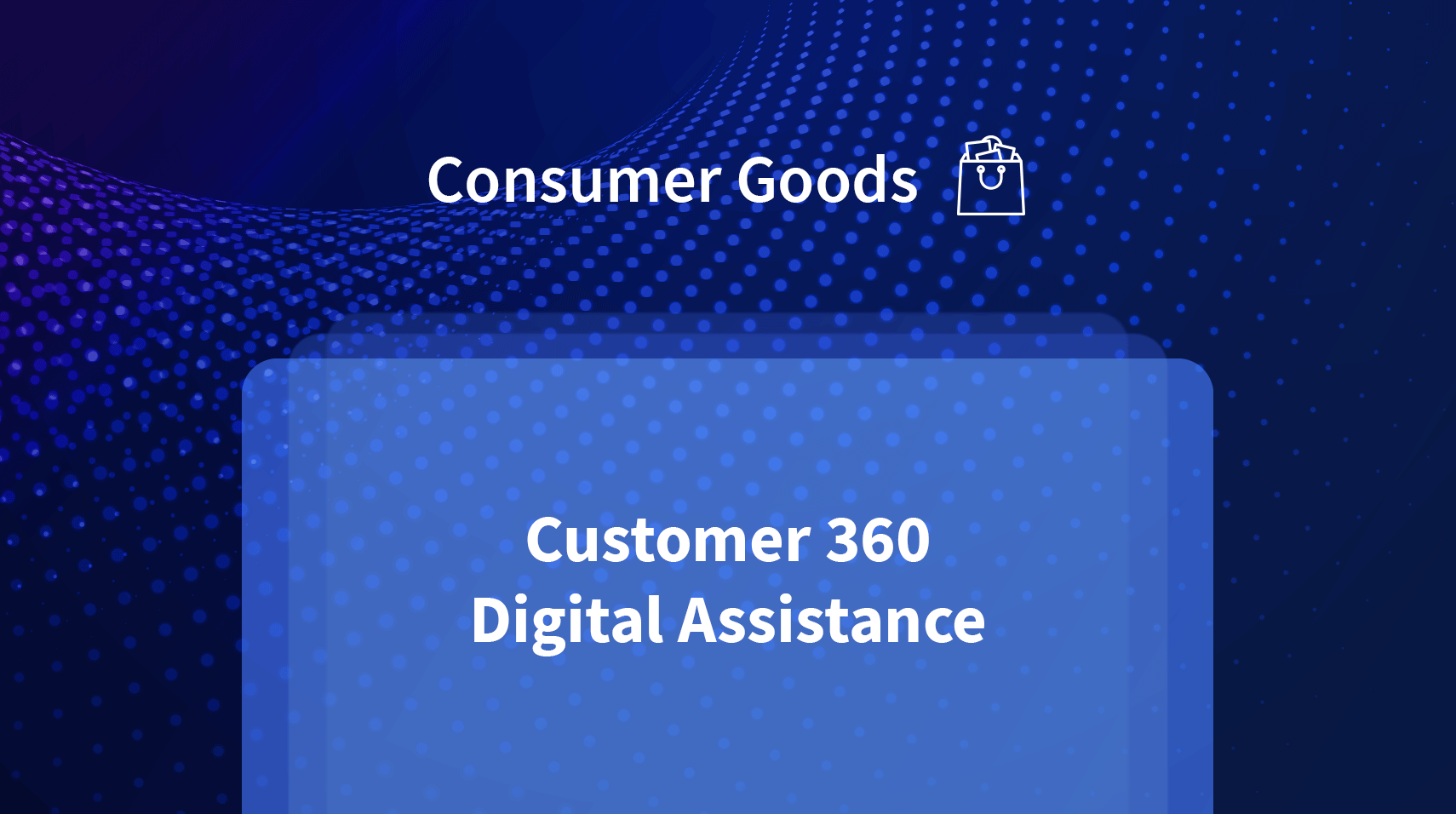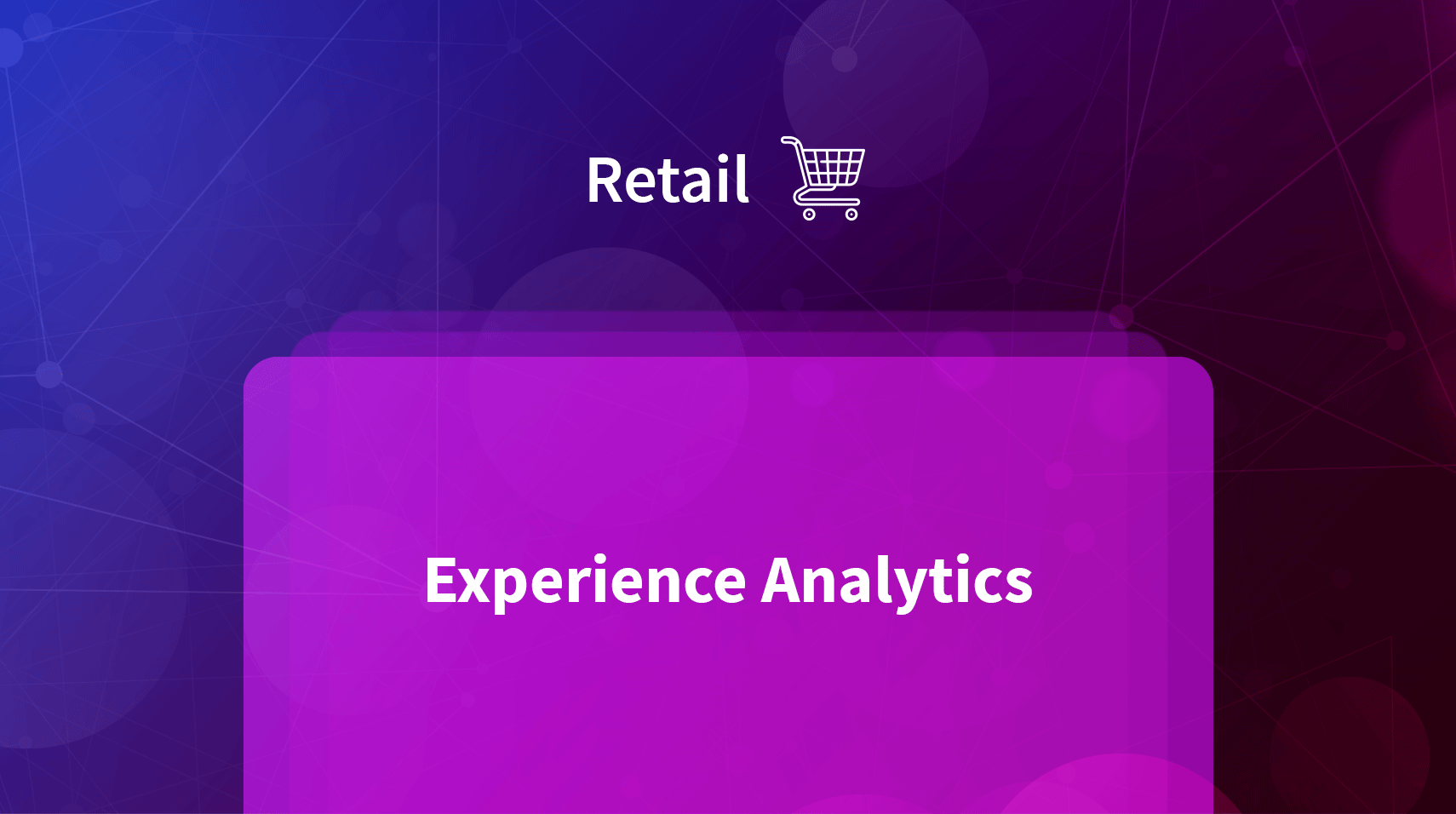
Driving Impact with Data, Analytics & AI

Demand forecasting models analyze historical trends, real-time market data, and external factors to predict future demand with accuracy. By optimizing inventory levels, refining production schedules, and reducing supply chain disruptions, businesses can minimize waste, prevent stock shortages or overages, and adapt more effectively to shifting market conditions.

AI-powered models analyze sales data, customer behavior, and market trends to forecast revenue with precision. By identifying patterns and seasonal shifts, businesses can refine pricing, allocate resources, and prioritize high-value opportunities, reducing lost sales and improving forecast accuracy.

Analyze demand patterns, supply chain variables, and stock levels to maintain optimal inventory balance. By predicting fluctuations, reducing stockouts, and minimizing excess inventory, businesses can improve fulfillment speed, lower carrying costs, and enhance overall operational efficiency.

Advanced analytics evaluate costs, pricing structures, and financial variables to generate precise estimates. By comparing alternatives and assessing potential savings, businesses can improve budgeting, optimize resource allocation, and enhance financial planning.

Advanced analytics provide deeper visibility into logistics, inventory, and demand fluctuations. By identifying inefficiencies and predicting disruptions, businesses can enhance transportation efficiency, reduce costs, and strengthen supply chain resilience with analytics-driven insights.

Optimize inventory management by predicting demand fluctuations, reducing stock imbalances, and improving procurement efficiency. Enhanced supply chain visibility minimizes holding costs, maximizes resource utilization, and ensures seamless movement of goods across distribution networks.

Unexpected equipment failures can disrupt production and drive up costs. Predictive maintenance uses real-time sensor data and advanced analytics to detect early warning signs of wear, allowing manufacturers to schedule maintenance before issues escalate. By preventing unplanned downtime and extending the lifespan of machinery, businesses can reduce costs, improve efficiency, and keep operations running smoothly.

Ensuring consistent product quality requires more than routine inspections. Advanced analytics detect defects, variations, and inefficiencies in real time, allowing manufacturers to address issues before they escalate. By analyzing production data, sensor readings, and material performance, businesses can refine processes, reduce waste, and maintain high-quality standards without slowing down operations.

Understanding customer behaviour requires more than raw data—predictive analytics identifies patterns in demographics, purchasing habits, and preferences to create meaningful segments. Businesses can use these insights to personalize marketing, refine messaging, and deliver targeted offers, leading to higher engagement, stronger customer relationships, and improved conversion rates.

Automated systems track regulatory requirements, flag potential compliance risks, and generate detailed reports in real time. By identifying issues early, businesses can address violations quickly, reduce regulatory risks, and maintain operational integrity.

Optimizing operations goes beyond cutting costs—it’s about improving productivity, resource utilization, and process flow. By analyzing performance data, identifying bottlenecks, and automating repetitive tasks, businesses can reduce delays, streamline workflows, and maximize output without compromising quality. A more efficient operation leads to faster decision-making, better resource allocation, and sustained growth.

Advanced analytics anticipate demand shifts, optimize inventory levels, and fine-tune distribution strategies to minimize waste and reduce costs. By enhancing visibility and agility, businesses can improve operational efficiency and keep pace with customer needs.

Deploy AI-driven virtual assistants to manage supplier inquiries, track shipments, and assist with production and logistics workflows. These chatbots provide real-time updates on inventory, flag potential delays, and help teams navigate complex supply chain processes—reducing bottlenecks and improving overall efficiency.

Support regulatory adherence with guided Q&A frameworks, automated policy checks, and structured underwriting protocols. By standardizing internal evaluations and due diligence processes, businesses can ensure consistency, reduce compliance risks, and streamline regulatory reporting.

Robotic process automation (RPA) enhances manufacturing operations by automating time-consuming administrative tasks such as data entry, invoice processing, and compliance documentation. By reducing manual workload and improving accuracy, RPA helps businesses boost productivity, accelerate workflows, and allow employees to focus on higher-value responsibilities that drive operational efficiency.

Analyzing social media, customer interactions, and market trends uncovers shifts in consumer preferences and sentiment. Businesses can refine messaging, tailor content strategies, and adapt to changing trends to improve engagement and brand perception.

Analyze and consolidate data from multiple sources using techniques like Named Entity Recognition (NER), sentiment analysis, and text summarization. By extracting key insights and eliminating redundancies, businesses gain a clearer, more actionable view of critical information for faster decision-making and improved knowledge management.

Forecast customer lifetime value (CLV) using predictive analytics to identify high-value customers, optimize retention strategies, and maximize long-term revenue. By analyzing purchasing behavior, engagement patterns, and historical data, businesses can tailor marketing efforts, personalize customer experiences, and allocate resources more effectively.

Predictive analytics identify inefficiencies, detect bottlenecks, and improve workflow coordination to enhance production speed and capacity. By analyzing machine performance, material flow, and labor utilization, manufacturers can reduce cycle times, minimize downtime, and improve overall efficiency while maintaining quality standards.

Advanced analytics provide deeper visibility into supply chain operations, identifying inefficiencies in logistics, inventory management, and transportation. By analyzing demand patterns and potential disruptions, businesses can optimize routes, reduce costs, and improve overall supply chain resilience with analytics-driven insights.

Market conditions change fast—pricing should too. AI-driven models assess demand, competitor pricing, and customer behaviour in real time, allowing businesses to adjust prices dynamically. This ensures maximum revenue, improved competitiveness, and smarter responses to shifting market trends.

By analyzing data from diverse sources like social media, blogs, and industry reports, AI-driven models detect emerging risks and patterns before they escalate. Automated search and summarization provide real-time insights, helping businesses anticipate threats, mitigate disruptions, and make informed decisions.

Ensuring data accuracy, consistency, and security requires a structured governance framework. By standardizing data management, enforcing policies, and improving data accessibility, organizations can enhance compliance, reduce risk, and enable more reliable decision-making. A strong governance strategy also supports scalability, collaboration, and long-term data integrity.

An AI-powered chatbot assists vet techs by handling initial patient intake, asking triage questions, and assessing urgency before an in-person consult. Using natural language processing, it interprets symptoms, prioritizes cases, and integrates with medical records—saving time, improving efficiency, and allowing staff to focus on patient care.

Predictive models align staffing with demand by analyzing historical trends, real-time operations, and external factors like weather or local events. This approach helps reduce labor costs, minimize wait times, and improve responsiveness—whether reallocating crews during equipment downtime or increasing staff during peak retail hours.

AI-driven visual analytics track real-time workflows, equipment placement, and safety compliance across facilities. By analyzing space utilization and identifying inefficiencies or risks, businesses can improve layout design, streamline material flow, and reduce accidents—enhancing dock operations in logistics hubs, optimizing line setups in manufacturing, or improving customer flow in retail.

NLP and LLM models analyze complex documents like technical manuals, regulatory guidelines, and research papers to generate tailored summaries, FAQs, or training content. This reduces time spent on document review, accelerates knowledge transfer, and ensures teams stay current—whether synthesizing clinical trial data in pharma or translating updated inspection protocols for field engineers in the energy sector.

By analyzing procurement history and equipment usage, recommendation engines can surface contextually relevant tools, parts, or materials. This helps increase average order value, minimize procurement delays, and build long-term customer loyalty—whether it’s suggesting spare components for industrial equipment or grouping high-use lab supplies in healthcare settings.

Visual search tools use image recognition to match photos of machinery parts, products, or devices with internal inventory systems. This speeds up part identification, shortens procurement cycles, and helps avoid costly delays—whether locating a specific industrial valve, sourcing a surgical tool, or finding a matching apparel item in retail.
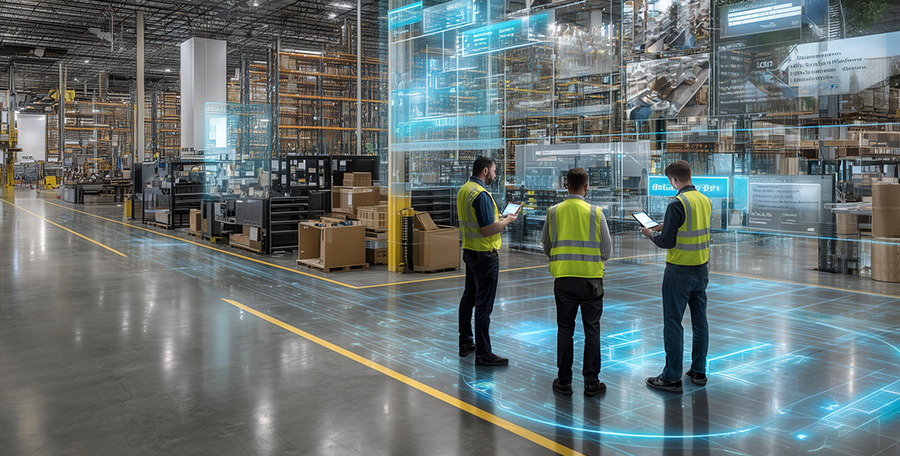
Unify disparate ERP systems into a centralized architecture that supports more than just finance. This foundation enables company-wide access to integrated operational, procurement, and supply chain data, breaking down silos and preparing the business for broader digital transformation.

Implement a modern cloud-based data stack designed for long-term scalability. By choosing flexible, high-performance tools like Snowflake and dbt, organizations create a future-proof data environment that can evolve to support advanced analytics, AI initiatives, and cross-functional insights.

Establish clear ownership and processes across departments for managing enterprise data. Cross-functional involvement—from finance and IT to regional operations—ensures clean data inputs, faster validation, and increased confidence in the outputs, supporting stronger decision-making at every level.
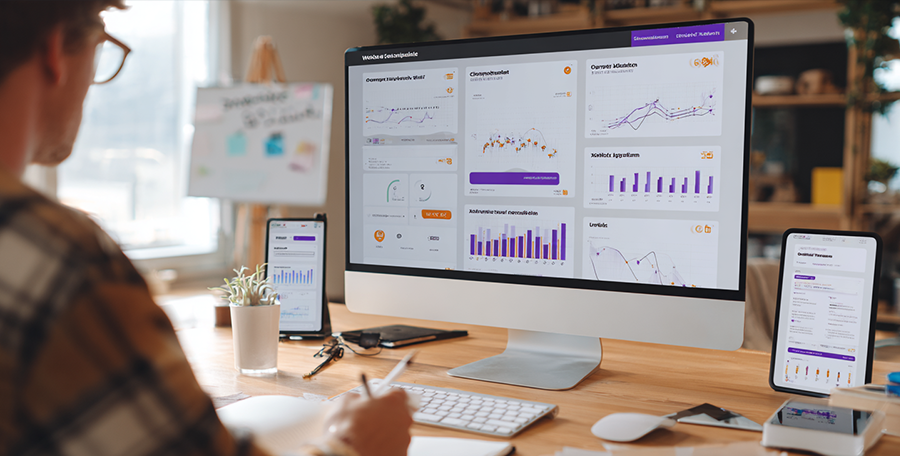
Provide business users with direct access to dashboards and reporting tools without relying on IT. By enabling teams to explore and filter data independently, organizations increase agility, improve daily decision-making, and foster a culture of data-driven accountability across functions.

Centralizing machine signals, ERP data, and production logs within Microsoft Fabric eliminates silos and ensures consistency across every facility. This unified foundation enables accurate reporting, reliable analytics, and a scalable framework for future AI and automation projects.

Connecting stand-alone machines and consolidating data from multiple sites allows real-time dashboards to track performance metrics like operating time, downtime, and throughput. Leaders can monitor KPIs instantly, identify bottlenecks, and make faster decisions to boost efficiency and capacity.

Machine learning models align production schedules with demand, optimizing resource use and reducing idle time. By simulating different scheduling scenarios, teams can adapt quickly to changing conditions, improve throughput, and enhance overall equipment effectiveness (OEE).

Integrating AI models and real-time monitoring across production systems helps manufacturers maintain consistent performance, even under changing conditions. This proactive visibility reduces downtime, improves responsiveness to supply and demand shifts, and strengthens the overall reliability of operations.
Use Cases
businesses through use cases.



